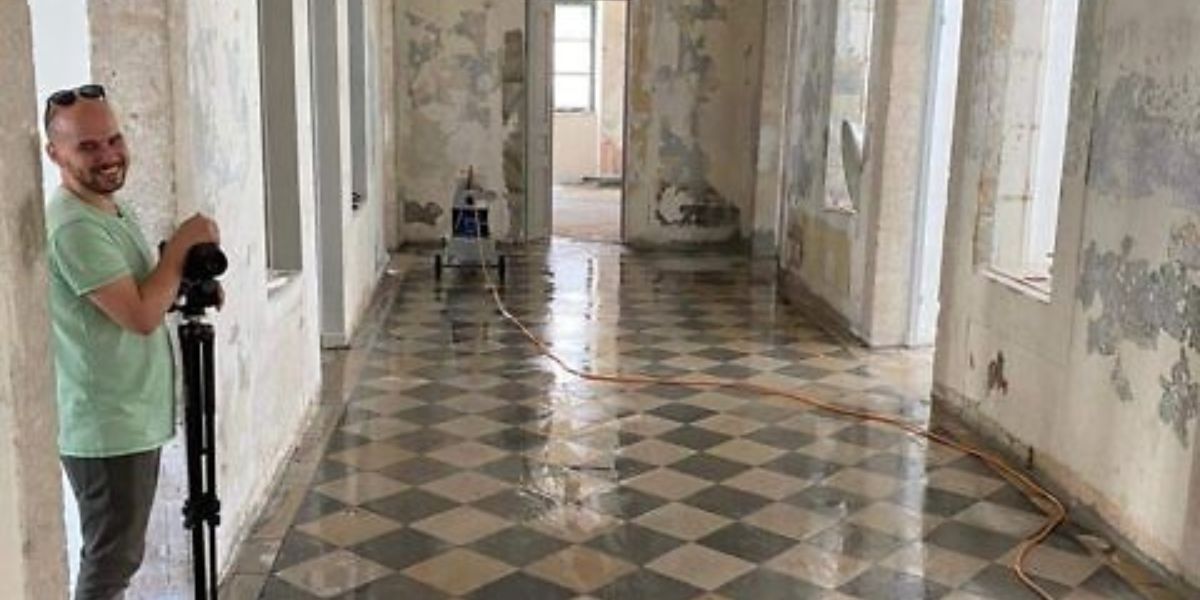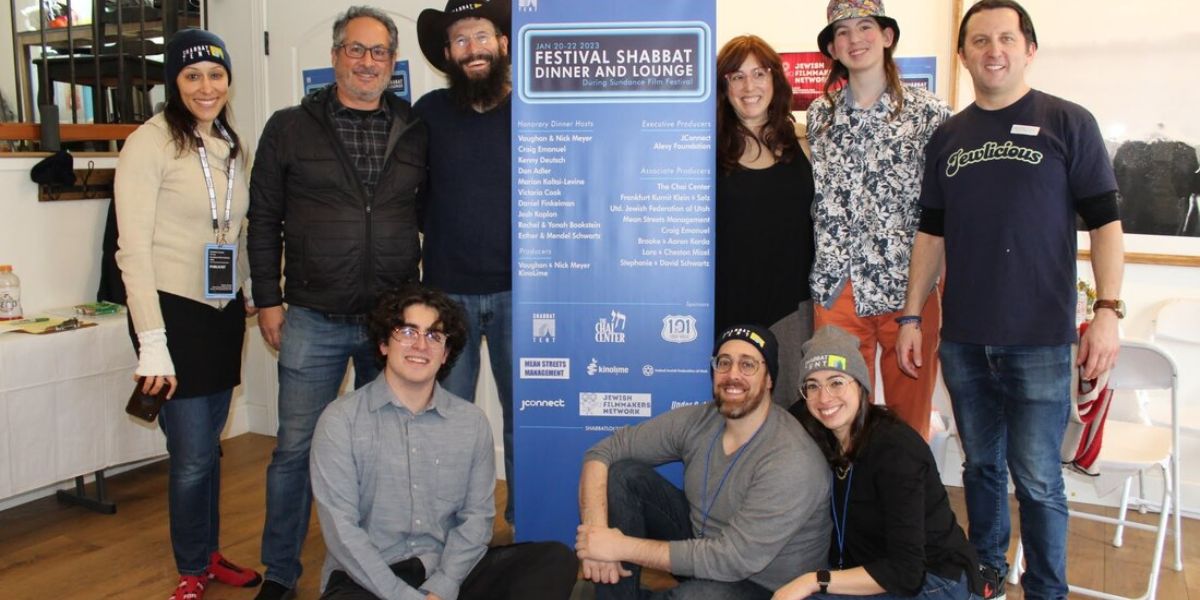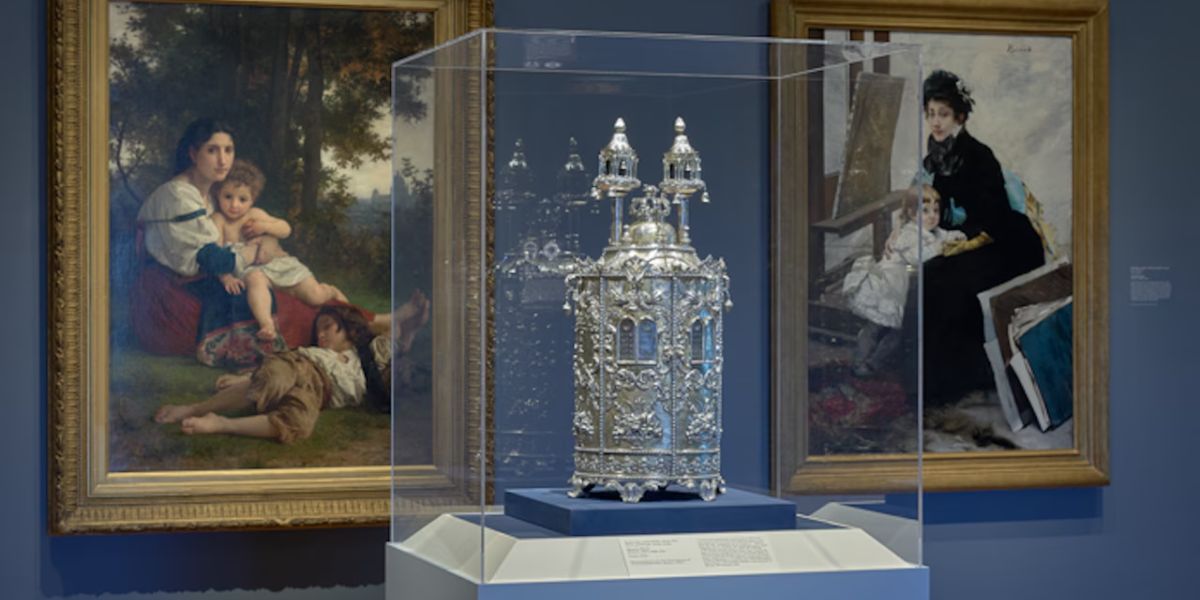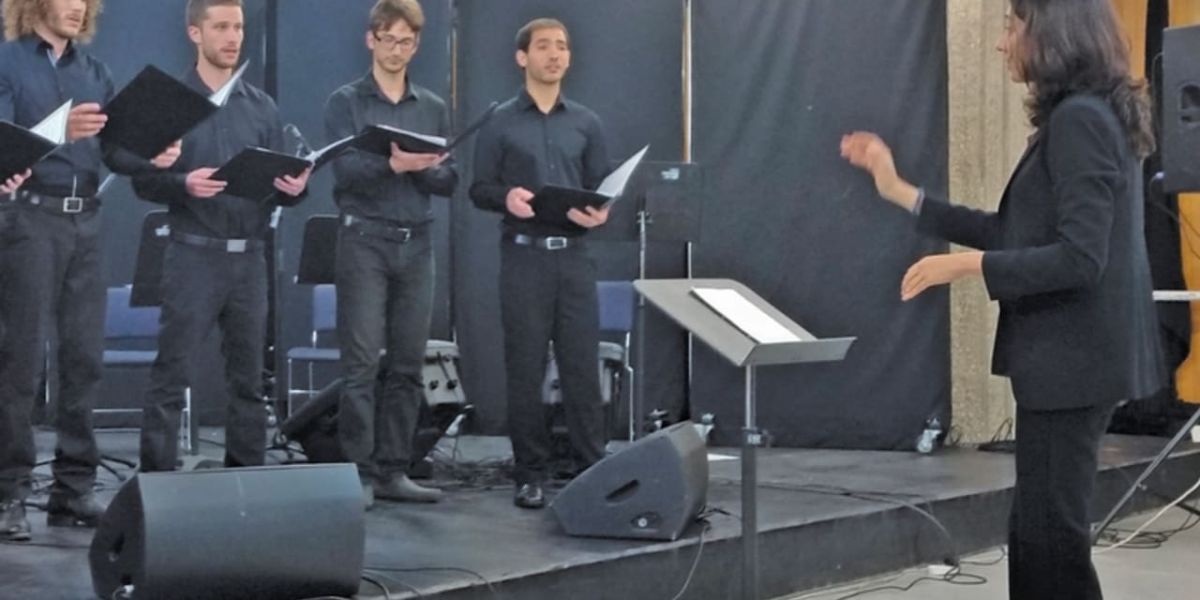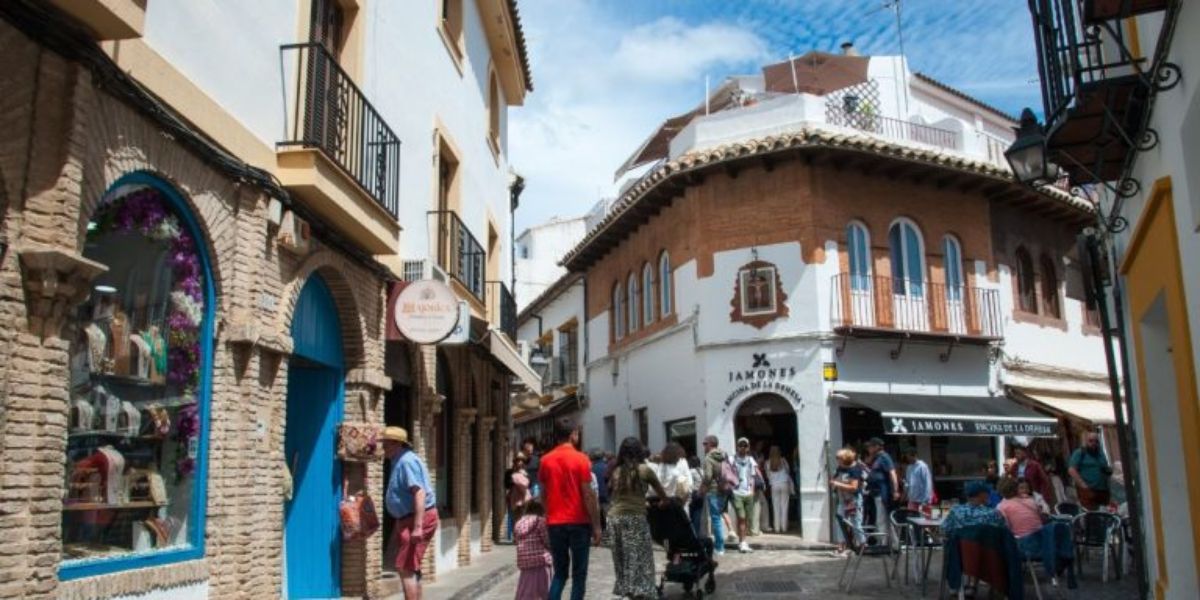As the world emerged from the isolation and uncertainty of the COVID-19 pandemic, Jewish communities across Asia faced a quiet but profound question: how do you rebuild connection when physical gathering spaces have fallen silent? For many, the answer arrived through art — a medium that transcends walls, languages, and even distance.
Through paintings, photography, installations, and digital exhibits, artists and curators have been redefining what it means to return to Jewish spaces. These creative efforts are not just aesthetic revivals — they’re acts of collective healing and renewal that have helped reconnect communities from Hong Kong to Tokyo to Mumbai.
Table of Contents
Reimagining Synagogues as Cultural Hubs
When social distancing measures forced synagogues and community centers to close their doors, art became a bridge between isolation and belonging. Across Asia, Jewish congregations began using their spaces for exhibitions and performances that reflected themes of loss, resilience, and continuity.
In Hong Kong’s Ohel Leah Synagogue, a post-pandemic exhibition titled “Threads of Memory” featured textiles and photography created by community members who documented their time in isolation. The project turned the synagogue into both a gallery and a living diary — blending prayer with personal storytelling.
Similar transformations took place in Singapore and Bangkok, where Jewish centers hosted small group art workshops and interfaith showcases, inviting local artists to explore Jewish history through Asian visual traditions. These collaborations didn’t just fill empty halls; they redefined them as places where faith and creativity could meet.
Art as a Tool for Healing and Collective Memory
After years of disruption, many communities faced the challenge of processing grief — for loved ones, routines, and social rituals lost during the pandemic. In response, Jewish artists turned to creative expression as a form of therapy and remembrance.
Painter Leah Mizrahi, who relocated from Israel to Shanghai during the pandemic, created a series of watercolour portraits titled “Unseen Gatherings.” Each piece captured faces on Zoom calls from Jewish community events. Her work, later displayed at the Shanghai Jewish Refugee Museum, reflected the endurance of connection even in physical separation.
Such projects have become touchstones for collective healing. By visualising experiences of isolation and rediscovery, artists have helped communities acknowledge shared trauma while nurturing a renewed sense of belonging.
Cross-Cultural Collaboration and Interfaith Dialogue
The pandemic also accelerated a quiet but powerful trend — the blending of Jewish and Asian artistic traditions. In cities like Seoul and Kuala Lumpur, art collectives have invited Jewish creators to participate in cultural exchange residencies.
One example is “Bridges of Light,” a travelling installation that paired Jewish glass artists with Buddhist and Hindu sculptors. The result was a radiant collection of light sculptures displayed during interfaith festivals across Asia, symbolising unity and renewal after a time of darkness.
These collaborations have done more than foster mutual respect; they have shown how Jewish art can serve as a conduit for wider Asian conversations about spirituality, recovery, and the role of memory in community resilience.
The Digital Renaissance: Virtual Exhibitions and Global Access
While physical spaces were shuttered, Jewish cultural life found new vitality online. Virtual exhibits, film festivals, and creative livestreams connected diaspora audiences in ways never before possible.
The Asia Jewish Art Collective (AJAC), for example, launched a virtual platform in 2021 that showcased pandemic-era art from Hong Kong, India, and Japan. The platform’s interactive galleries allowed visitors worldwide to view works, listen to artist commentaries, and even attend live curator talks.
This digital transformation didn’t end when restrictions lifted — instead, it became a new model for accessibility. Synagogues and cultural centres across Asia now maintain hybrid exhibition programs, ensuring that members abroad can remain part of the creative conversation.
Preserving Identity Through Creative Renewal
For many Asian Jewish communities, rebuilding after the pandemic has meant reasserting visibility in multicultural urban settings. Art has played a crucial role in doing so — not through grand statements, but through intimate stories told in paint, sound, and motion.
These works remind both artists and audiences that Jewish spaces are more than architecture; they’re vessels of memory, emotion, and hope. The resurgence of community art reflects a deeper understanding — that to rebuild a community is to reimagine how its spirit lives and breathes through creativity.
A New Era of Cultural Belonging
As Asia’s Jewish communities continue to adapt to a post-pandemic world, art remains their most universal language. It bridges generations, invites participation, and transforms spaces once defined by silence into places of shared experience.
Whether through exhibitions in Hong Kong’s galleries, performances in Singapore’s synagogues, or collaborative installations in Tokyo, these artistic initiatives are shaping a new chapter — one where faith, resilience, and creativity coexist.

